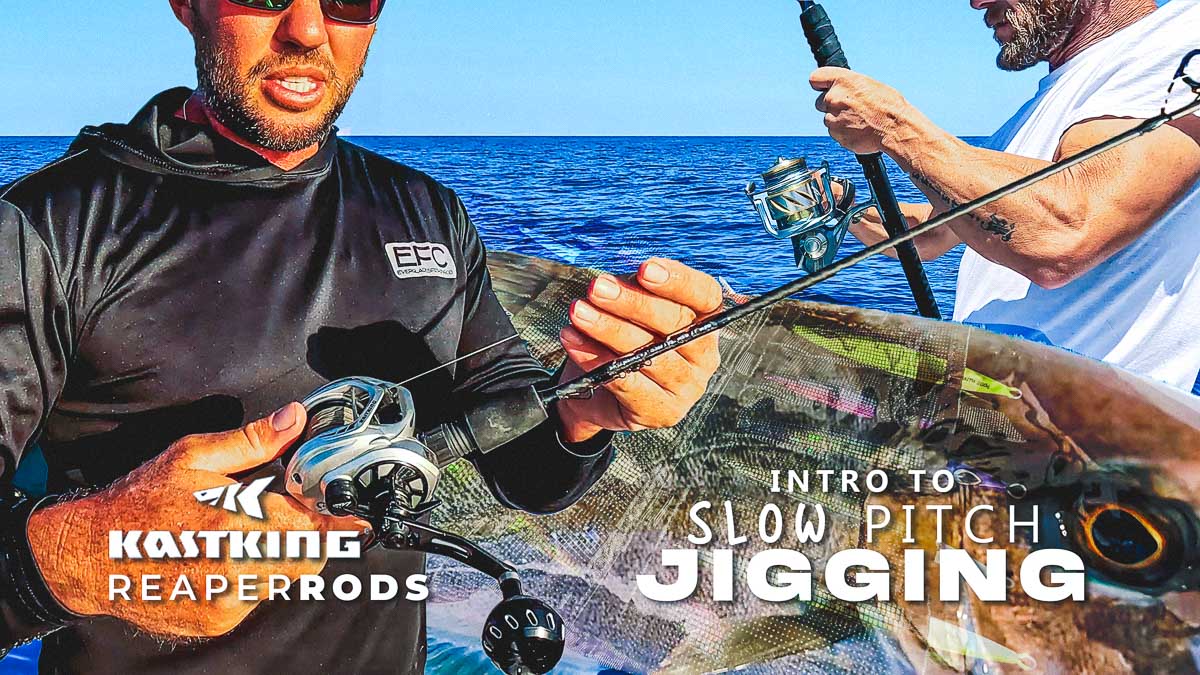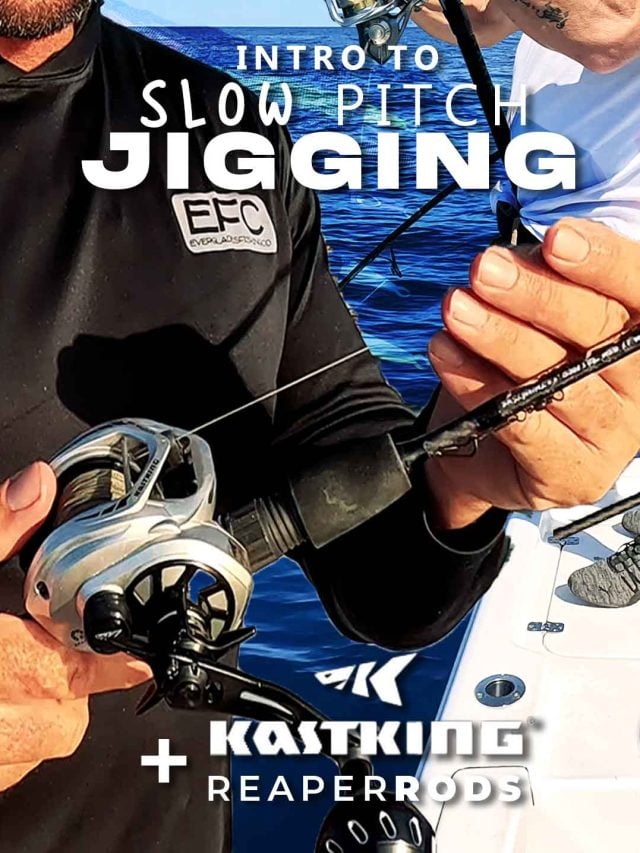A Beginner’s Guide to Slow Pitch
Fast jigging involves rapid, mechanical rod movements to create a lively action in the lure, targeting aggressive predators with a high-speed retrieve.
Slow pitch jigging, on the other hand, focuses on a more deliberate and rhythmic lifting and falling motion of the lure, mimicking an injured or weakened prey, enticing bites from a variety of fish species, and often requiring less physical exertion from the angler.

About Slow Pitch Jigging:
Slow pitch jigging is not just a fishing technique; it’s a new approach to experiencing the water, a blend of skill, patience, and strategy.
Slow Pitch Jigging, for its effectiveness and the unique challenge, attracts the attention of anglers looking to refine their skills and enjoy fishing in a whole new way.
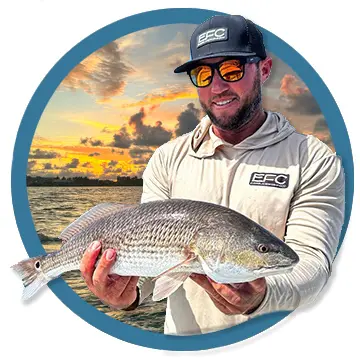
Captain Shaw, a seasoned host of Landed Fishing and a professional guide for the Florida Fishing Company.
He shares his expertise and insights into this intriguing fishing method, offering beginners a comprehensive overview of slow pitch jigging, its key differences, Jig Types from traditional techniques, and how to get started.
Watch Video: Slow Pitch Jigging
In the slow pitch series opener captain Shaw showcases different styles of jigs and explains their specific applications, guiding beginners through the process of choosing the right jig for their fishing conditions.
The Rise of Slow Pitch Jigging
Slow pitch jigging has taken the fishing community by storm, captivating anglers with its methodical and strategic approach to catching fish.
Unlike the vigorous and fast-paced action of high-speed jigging, slow pitch jigging emphasizes a more deliberate and rhythmic technique, focusing on enticing fish with the slow, fluttering descent of the jig.

What is Slow Pitch Jigging?
Slow Pitch Jigging involves a series of controlled lifts and falls, allowing the jig to flutter and glide through the water, mimicking the erratic movements of prey.
What’s the Advantage of Slow Pitch Jigging?
Slow Pitch Jigging can be effective in targeting species that are not usually attracted to fast-moving lures, offering a broader range of possibilities for catches.

Pro Insights: Geared Up for Success
Check out a recent video released on Landed Fishing, Captain Shaw dives deep into the essentials of slow pitch jigging, starting with the critical selection of gear.
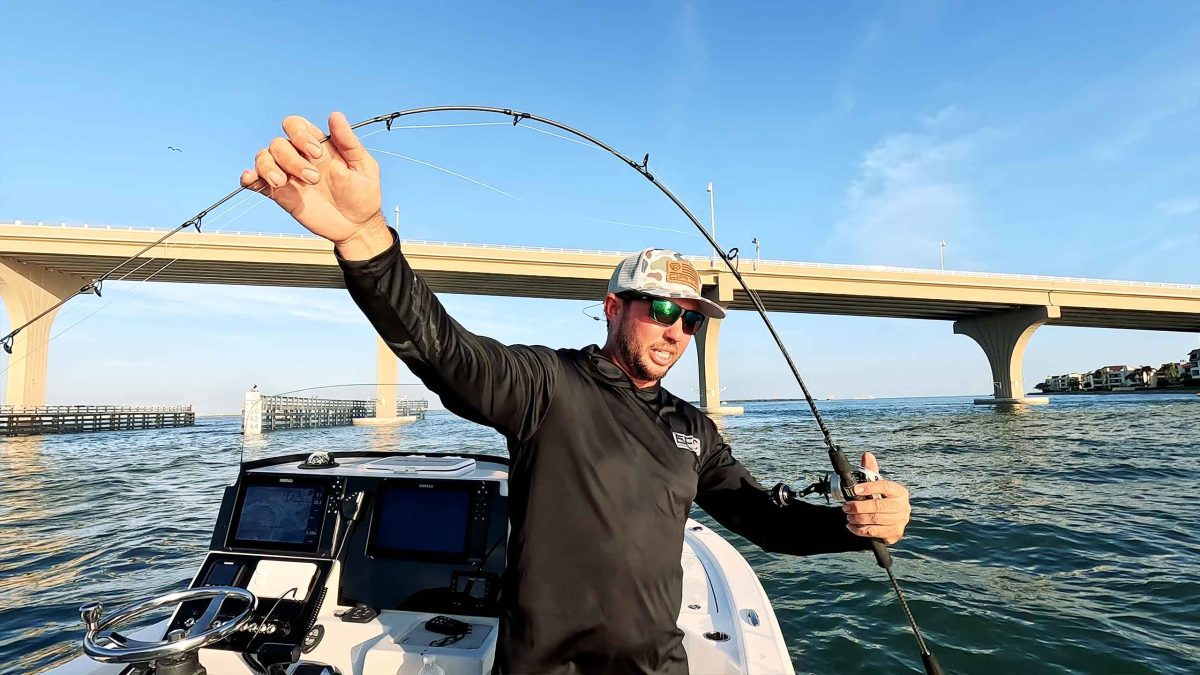
For 2024, Reaper Fishing Rods and KastKing reels will be our gear of choice.


The right combination of rod and reel not only enhances the effectiveness of the technique but also ensures a more enjoyable and less strenuous experience for anglers.
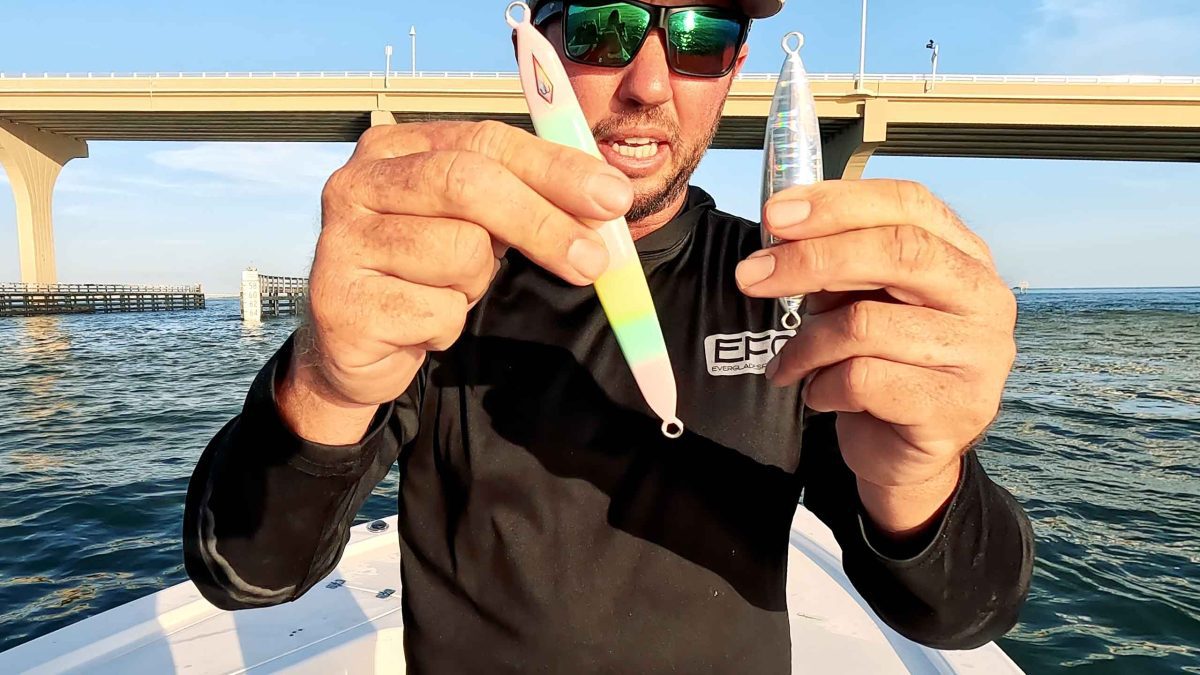
Jig Selection: Matching the Hatch
One of the key aspects is the selection of slow pitch jigs. The variety in shapes, sizes, and colors can be overwhelming, but understanding the basic principle of “matching the hatch”—selecting a jig that resembles the local prey of the target species—can significantly increase your chances.
Slow Pitch Jigs
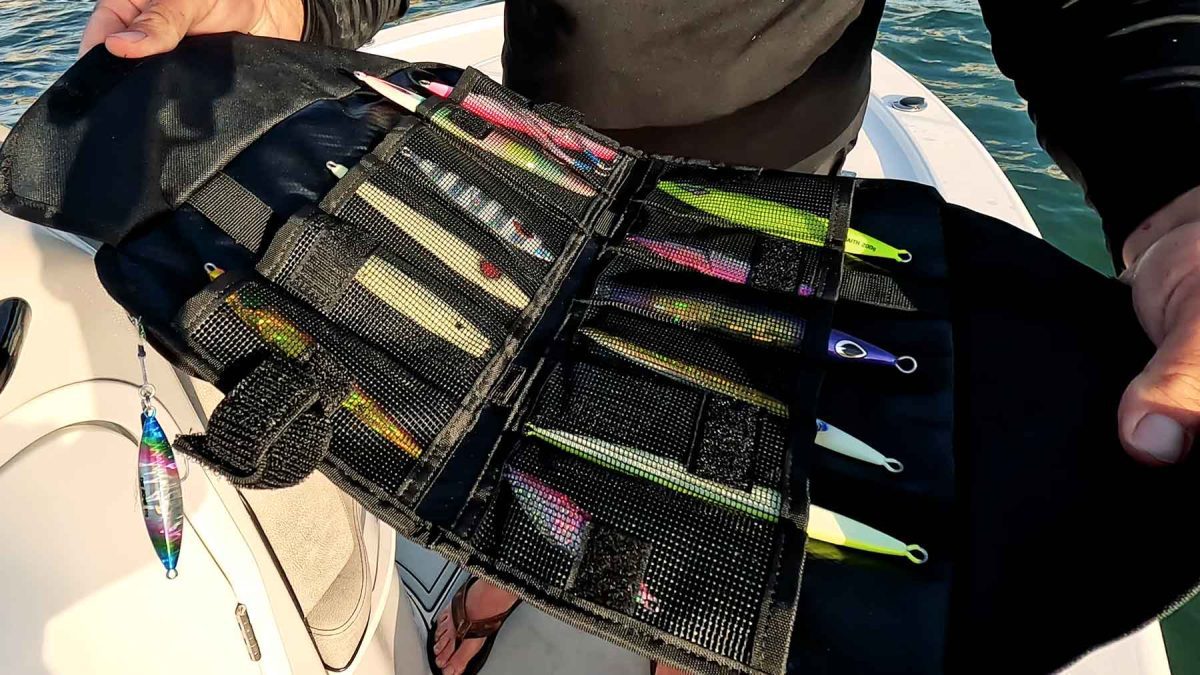
Slow-Pitch Jig Types
Slow pitch jigging employs specific types of lures designed to mimic the natural movements of injured prey in the water.
Flutter Jigs:
These are thin, symmetrical lures that flutter as they fall, mimicking a dying fish.
Effective in various water columns and can attract strikes during the fall.
Leaf Jigs:
Named for their leaf-like shape, these jigs fall slowly and erratically, imitating a wounded baitfish.
Slow descents and sudden, unpredictable movements.
Knife Jigs:
Long and slender, knife jigs sink quickly to the desired depth and then can be worked slowly to create an enticing action.
Deeper water where you need to get the lure down quickly but still want to maintain a slow presentation.
Sliding Jigs:
These lures have a center-weighted design, allowing them to slide through the water with a unique, horizontal action.
Simulating a fleeing or injured prey fish when jerked gently.
Demersal Jigs:
Specifically designed for bottom-dwelling fish, these jigs have a flat bottom and a weighted head.
Maintain a horizontal orientation when lifted and dropped, closely mimicking the movements of prey on or near the ocean floor.
Squid Imitating Jigs:
These lures mimic the look and movement of squid, a common prey for many target species.
Designs often includes tentacle-like features that move in the water.
Octopus Jigs:
Similar to squid-imitating jigs, these lures replicate the appearance and motion of an octopus. They often feature soft, flexible materials that create a more lifelike movement in the water.
Each type of jig can be effective for slow pitch jigging, depending on the target species, water conditions, and depth. Anglers often experiment with different lures to find the most effective one for their specific fishing situation.
Fishing Technique: A Dance Below the Waves
Slow pitch jigging is more than just dropping a lure into the water; it’s an art form that requires a bit of skill over the rod’s movements to imitate a wounded or dying fish.
Captain Shaw breaks down the technique, highlighting tips such as the importance of rhythm and precision in jig manipulation.
Slow Pitch: Next Steps
For those eager to learn more about slow pitch jigging, this video serves as an essential primer, offering a foundation on which to build your skills. With the popularity of this fishing technique beginning to catch on, now is the perfect time to explore slow pitch jigging and experience the unique challenges and rewards it offers.
Explore More

Tampa Florida Offshore Fishing Yellowtail Snapper + African Pompano The perfect fishing trip in the Gulf of Mexico, Join…

Tampa Florida's Skyway Bridge Fishing Pier Join us as we team up with GrouperMVP, The Ballyhoop Net and the…

Tampa Offshore Fishing Experience with Hog Squad Fishing If you're seeking an offshore fishing experience that's as exhilarating as…

